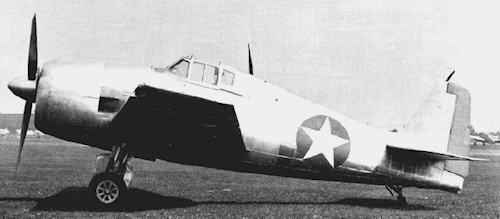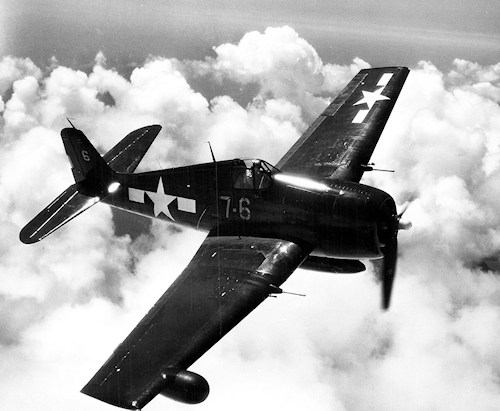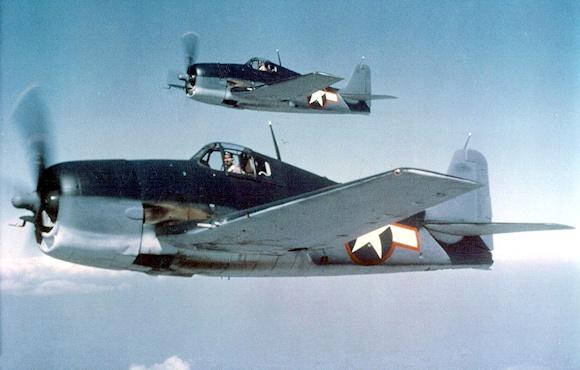Il Grumman F6F Hellcat it was – probably – the most important fighter of the US Navy in the Second World War.
The aircraft was produced from 1942 to 1945, and more than 12000 examples were made.
The main users of the vehicle, in addition to the US Navy, were the United States Marine Corps, the Royal Navy and the National Navy. The National Navy of Uruguay used the vessel until 1960.
According to estimates, during the conflict, the F6F they managed to shoot down more than 5000 enemy planes.
It is worth underlining that theHellcat it was – essentially – a development of theF4F Wildcat. In fact, the goal was to create a new fighter that was capable of effectively countering the Zero Japanese (see article "Japanese fighters in World War II: the Mitsubishi A6M (Zero)").
The new US Navy vehicle was designed and implemented by a group of technicians, around 1942, under the guidance of engineer Leroy Randle “Roy” Grumman.
 The first prototype (XF6F-1) took to the skies for the first time on 26 June 1942 (photo), and entered active service in 1943.
The first prototype (XF6F-1) took to the skies for the first time on 26 June 1942 (photo), and entered active service in 1943.
There were numerous subseries and variants of the vehicle to adapt the basic model to different functions: day fighter, night fighter, long-range reconnaissance aircraft, assault aircraft and bomber.1
It is important to point out that theF6F, initially, was preferred toF4U Corsair as a fighter to be embarked on aircraft carriers (see article US Navy fighters: the F4U Corsair).
The baptism of fire for the Hellcat took place in September 1943. The latter - despite their moderate dimensions - were able to offer better performance than the fighters Zero (perhaps also thanks to the mastery of the pilots), and to guarantee air superiority in the Pacific theater. In fact, the Hellcat they took part in all the actions and battles waged against the Imperial Japanese Navy. In this regard, the actions of the "legendary" were F6F of Battle of the Philippine Sea (19/20 June 1944), when they defeated the enemy air force. In that clash the US Navy achieved a clear victory against the Japanese Navy.
 - F6F they proved to be very good aircraft; among the strong points there was certainly autonomy, good armament, solidity and effective maneuverability.
- F6F they proved to be very good aircraft; among the strong points there was certainly autonomy, good armament, solidity and effective maneuverability.
Once the conflict ended, the vehicle was "replaced" by Grumman F8F Bearcat. The latter entered active service in May 1945.
Il Grumman F6F-5 Hellcat it had a wingspan of 13,06 m, height 3,99 m, length 10,24 m.
The empty weight was 4190 kg, while loaded 5714 kg.
Engine: 1 Pratt & Whitney R-2800 Double Wasp, power 2200 HP. The maximum speed was 629 km/h and the ceiling altitude was 11400 m.
Armament consisted of 12,7 mm Browning machine guns or 20 mm cannons. Furthermore, the aircraft could rely on 127 mm HVAR rockets or 298 mm Tiny Tim rockets.
The aircraft was capable of carrying up to 1800 kg of bombs.
1 See G. Bonacina, The Hellcat fighter, in Illustrated History n°181, 1972, p.54
Photo: USN












